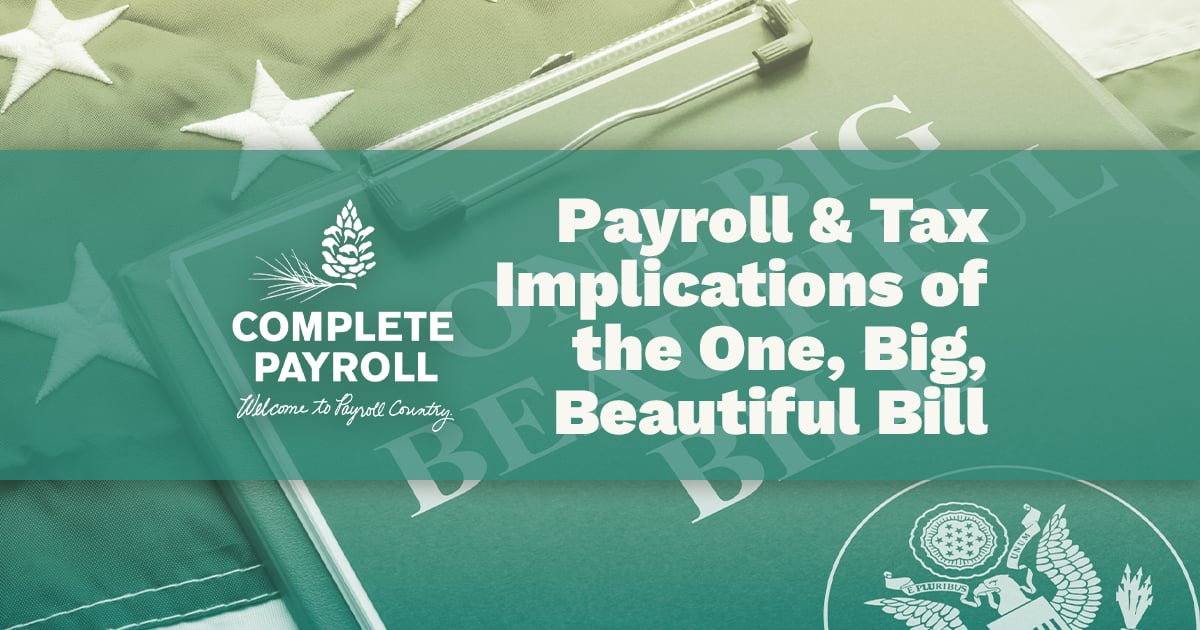If you're new to managing payroll or your company is introducing new pay structures that you're not familiar with, it can be overwhelming to calculate commission-based pay.
Each type of commission-based pay structure has a different calculation method, and it’s important to examine each structure thoroughly so you can accurately process commission pay without making mistakes or facing legal issues.
What is Commission Pay?
First off, let’s define what commission pay is. A commission is a type of pay an employee receives when they make a sale or sell goods or services. It can be a percentage or a fixed amount. Commission pay is commonly found in positions such as real estate agents, finance, and other sales positions.
Essentially, commission pay is an incentive to drive salesmen to complete sales. Commission pay is also considered a form of variable pay or supplemental pay, as it depends on the employee's performance. Commission pay can be an attractive option for employers as it allows them the flexibility to adjust their pay structure as needed.
How are Commissions Calculated?
Commission-Only
If an employee is commission-only, then that means their entire pay is based solely on the commission of their sales during that pay period. A commission calculation can be based on a percentage of sales or a fixed rate.
This model may be beneficial when the salesman is dealing with high-yield sales, but it isn’t always a sustainable structure when dealing with small-ticket sales.
Base Pay Plus Commission
Base plus commission is undoubtedly the most popular type of commission pay. This means that an employee receives a minimum salary or wage in addition to either a percentage or a fixed-rate type of commission.
While providing stability to your employees through a minimum salary, it is also low enough that your employees are still incentivized and motivated to work hard to close deals.
Commission Rate
A commission rate is either a percentage of a sale or a fixed rate. For example, an employee may receive 6% of a total sale or a fixed rate of $60 per sale. The percentage rate and fixed amount are any amounts an employer sets up before the agreement.
Graduated Commission
This type of commission is set up at different tiers, which refers to a compensation structure where the commission rate increases with the level of sales and performance achieved.
For example, 5% per 1–100 units sold, 7% per 101–200 units sold, and 10% per 201-300 units sold. This works as an incentive to help drive your salesman towards making more sales and acts as a reward when they do so.
Essentially, the type of commission structure you offer your employees is based on your industry and what works best for you.
How to Calculate Payroll for Commission
Here are some of the best steps to take to ensure you are calculating commissions accurately, depending on the commission structure you have:
1. Determine the Commission Period.
Your first step will be determining the commission period; this may be by month, weekly, bi-weekly, or per quarter.
2. Identify the Commission Base
Next, you will determine the exact dollar amount of everything your employee sold within the specified commission period. If they sold $5,000 worth of products, then that $5,000 is their commission base.
3. Calculate the Commission Rate
Then, you’ll take the commission base number and multiply it by their commission rate. If their commission rate is 10%, then you’ll multiply it with their commission base.
5,000 x 0.10 = $500
If you’re doing a fixed-rate commission, then you will have to determine how many units your employee sold and then multiply that by their fixed commission rate.
100 units x $50 fixed rate = $500
4. Consider the Various Commission Rates
You can also set different commission rates for different products sold. For example, one product may have a commission rate of 10%, while another may have a commission rate of 7%. You’ll have to calculate each unit sold according to their commission rate.
5. Tax Withholdings for Commissions
As an employer, you’re responsible for properly taxing all commission pay. Commissions are subject to both payroll and federal taxes, just like salaries and wages.
If your employees receive commission pay separately from their regular wages, the federal income tax withholding rate varies depending on whether you withhold income tax from their regular wages.
Your payroll provider can assist you in managing taxes related to commission-only employees. You can opt for a commission-based payroll setting for such employees. In case your employee's earnings comprise both salary and commission, you can categorize their earnings appropriately within your software for accurate calculations.
How to Calculate Paid Time Off for Commission-Only Employees
While state laws may vary, federal law does not mandate employers to provide any paid time off for commission employees. This makes it challenging for employers to determine how much paid time off to offer.
To get started, employers need to determine their PTO calculation method. One way to do this is to check federal and state laws for minimum-wage employees to guide them in setting PTO for their commission-only staff.
The most common method is to calculate the commission employee's time off based on their earnings. Employers can determine the employee's earnings from a particular period, such as a quarter or a month, and divide it by the number of weeks in that period. Once they arrive at the average weekly earning amount, they can use it to determine the employee's weekly paid time off or vacation pay.
Employers should keep in mind that whatever method they choose to determine paid time off for commission employees, it should be consistent for all commission employees.
Conclusion
Implementing commission pay in your business can be beneficial for driving employee performance and increasing income.
If you need assistance with payroll calculations, contact Complete Payroll for guidance. Visit our Complete Payroll blog for more tips and guidance on payroll.


















 Get Instant Blog Notifications
Get Instant Blog Notifications


